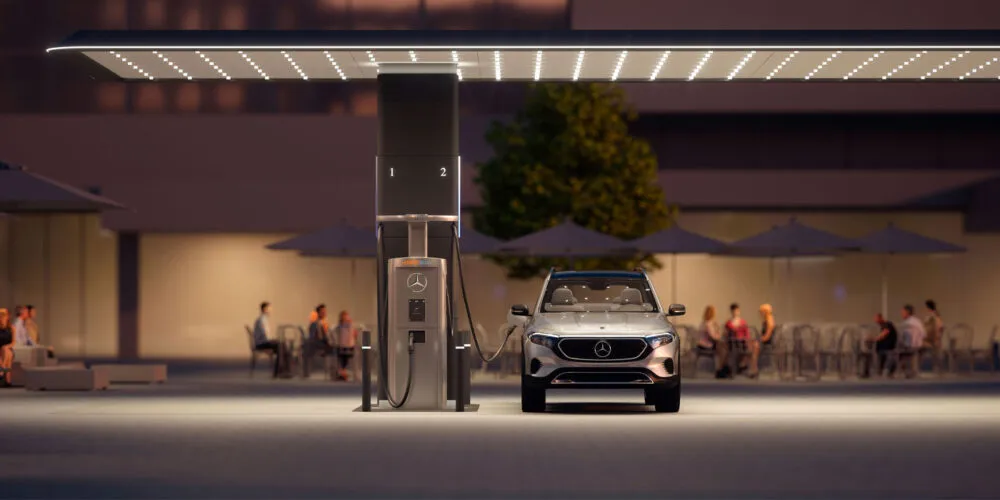In 2023, global electric vehicle (EV) sales soared past 10 million units, a 35% increase compared to the previous year (IEA). This remarkable growth is driving a parallel expansion in the charging infrastructure industry. Fast charging stations, in particular, are evolving rapidly to keep pace with the surging demand. As we move into 2024, understanding how these stations are transforming is crucial for both current and prospective EV owners. In this article, we’ll explore the latest advancements in fast charging technology, identify key players in the industry, and offer practical tips for maximizing your EV charging experience.
The Rise of Ultra-Fast Charging Technologies
Breakthroughs in Charging Speed
One of the most exciting developments in 2024 is the rollout of ultra-fast charging stations capable of delivering 350 kW or more. These stations can charge a compatible EV to 80% in as little as 15 minutes. Companies like Tesla, with its V4 Superchargers, and Ionity, a consortium backed by giants like Volkswagen and Hyundai, are leading the charge. This significant reduction in charging time is a game-changer for long-distance travel and urban EV users alike.
- Tesla V4 Superchargers: These new units are being deployed across North America and Europe, offering up to 350 kW of power and improved cooling systems to handle the increased load.
- Ionity: With plans to expand to over 7,000 ultra-fast chargers by the end of 2024, Ionity aims to make EV road trips as convenient as those with traditional vehicles.
Innovations in Battery Technology
Battery technology is also evolving, with solid-state batteries promising faster charging times and longer life cycles. Companies like QuantumScape and Solid Power are making significant strides in bringing these batteries to market, potentially reducing charging times even further.
- QuantumScape: Their latest prototype promises to cut charging times by half while increasing energy density.
- Solid Power: Partnering with Ford and BMW, Solid Power is gearing up for commercial-scale production in 2024.
Expanding Global Charging Networks
Key Players and Collaborations
The global charging network is expanding at an unprecedented rate, thanks to strategic collaborations and investments. Fast charging networks are not only growing in urban areas but also making inroads into rural regions, enhancing accessibility for all EV owners.
- Electrify America: Backed by Volkswagen, this network plans to double its fast-charging stations to 3,500 across the U.S. by the end of 2024.
- BP Pulse and Hertz: This collaboration aims to install thousands of fast chargers at rental locations, airports, and urban centers, making it easier for travelers to charge on the go.
Government Support and Policies
Governments worldwide are implementing policies to support the expansion of fast charging infrastructure. For instance, the European Union has mandated that by 2025, fast charging stations should be available every 60 kilometers on major highways. Similarly, the U.S. government has allocated $7.5 billion for EV charging infrastructure as part of its infrastructure bill.
Practical Tips for Fast Charging Your EV
How to Maximize Charging Efficiency
Fast charging can be convenient, but there are ways to make it even more efficient. Here are some tips:
- Precondition Your Battery: Many EVs allow you to precondition the battery, warming it up before charging to improve efficiency.
- Plan Your Route: Use apps like PlugShare or ChargePoint to locate fast chargers along your route and avoid peak times.
- Optimize Charging Levels: Charging up to 80% is often faster and more efficient than going to 100%, especially when using ultra-fast chargers.
Where to Find Fast Chargers
Finding fast chargers has never been easier. Apps and websites offer real-time data on charger availability, pricing, and speed. Some popular options include:
- PlugShare: Offers a comprehensive map of charging stations worldwide.
- ChargePoint: Provides detailed information on their network, including pricing and availability.
Future Trends in Fast Charging
Wireless Charging and Beyond
Looking to the future, wireless charging technology is gaining traction. Companies like WiTricity and Plugless are developing systems that could charge vehicles automatically when parked over a charging pad, promising a seamless and cable-free experience.
Integration with Renewable Energy
As sustainability becomes a priority, integrating fast charging stations with renewable energy sources is on the rise. Solar-powered charging stations and those connected to wind farms are expected to become more common, reducing the carbon footprint of EV charging.
Conclusion
Fast charging stations are at the forefront of a transformative era in electric mobility. As we move into 2024, advancements in charging speed, battery technology, and network expansion are making it easier than ever to own and operate an electric vehicle. Whether you’re a seasoned EV owner or considering making the switch, understanding these developments can help you make informed decisions and optimize your charging experience.
What excites you most about the evolution of fast charging technology? Share your thoughts in the comments below. As we continue to embrace sustainable transportation, fast charging stations will play a pivotal role in supporting the EV boom, paving the way for a cleaner, greener future.

